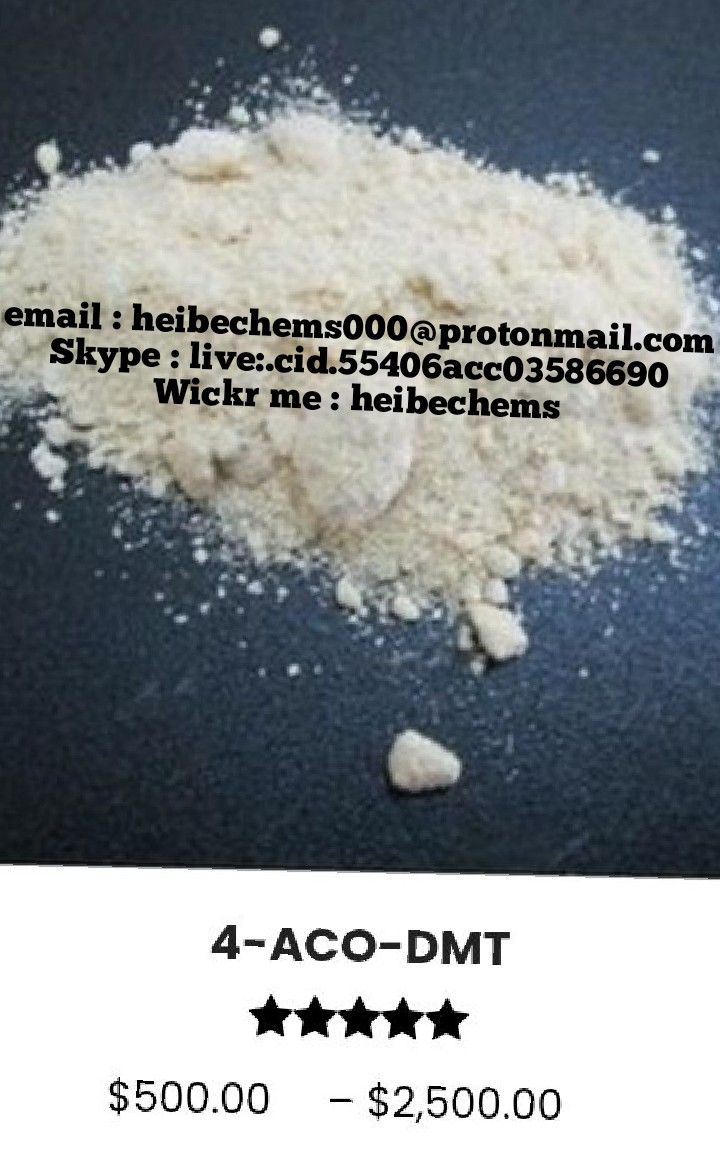| Message: | The synthesis of 4-AcO-DMT was first reported in 1963 by Albert Hofmann and Franz Troxler as part of an investigation into psilocin analogs.[1] However, its pharmacology and subjective effects were not explored. A paper authored by David E. Nichols in 1999 proposed it as a potentially useful alternative to psilocybin for pharmacological research due to lower cost of synthesis.[2] Reports of recreational use began to surface shortly after its appearance on the online research chemical market in the 2010s.[citation needed]
Subjective effects are reported to be nearly identical to those of psilocybin mushrooms and include geometric visual hallucinations, time distortion, enhanced introspection, euphoria, and ego loss. 4-AcO-DMT is theorized to act as a prodrug to psilocin in a similar manner as psilocybin, which may account for this similarity. 4-AcO-DMT's classical psychedelic effects and favorable tolerability profile has led it to become popular among novel psychoactive substance users who seek mystical or entheogenic experiences.
Very little data exists on the pharmacology, metabolism, and toxicity of 4-AcO-DMT. While it is believed to have a favorable safety profile similar to that of psilocybin mushrooms (which are known to be physiologically non-toxic) there is currently no data to support this claim. It is highly advised to use harm reduction practices if using this substance. |
 my account
my account
 log out
log out
 my account
my account
 log out
log out
